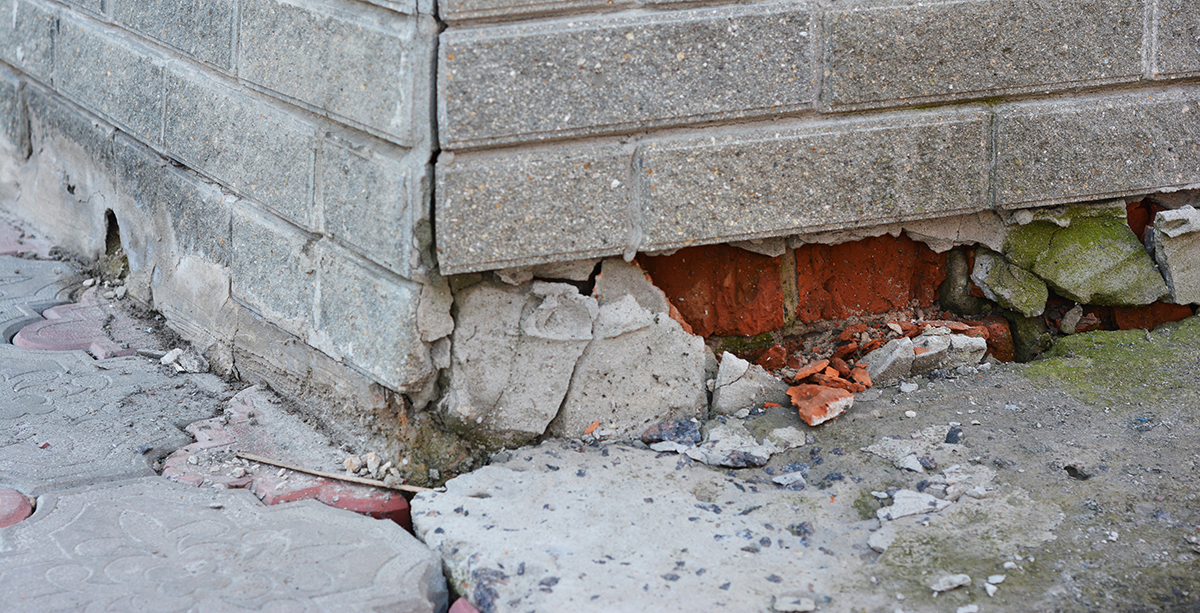Regular inspections play a crucial role in identifying and addressing building defects both during the construction phase and after completion. Here’s why regular inspections are important for homeowners:
Early Detection of Defects: Conducting inspections during construction allows for the early identification of potential defects. By detecting issues promptly, homeowners can address them before they escalate into major problems, saving time and costs in the long run.
Ensuring Compliance with Standards: Regular inspections help ensure that construction work meets the required standards and adheres to relevant building codes and regulations. This helps maintain the quality and safety of the structure.
Preventing Further Damage: Timely identification and rectification of defects can prevent them from causing additional damage to the property. By addressing issues promptly, homeowners can mitigate the risk of further deterioration or costly repairs.
Collaboration with Building Inspectors: Engaging the services of professional building defects inspectors can provide homeowners with comprehensive assessments and unbiased evaluations of the property. These experts have the knowledge and experience to identify potential defects that might go unnoticed by untrained eyes.
Peace of Mind: Regular inspections offer homeowners peace of mind, knowing that their property is being monitored and any potential defects are being addressed promptly. This contributes to a sense of security and confidence in the quality of the home.
To conduct thorough inspections, homeowners should pay attention to details, closely examine different areas of the property, and document any observed defects. Collaborating with building inspectors or professionals can provide a comprehensive assessment and ensure that no defects go unnoticed.




